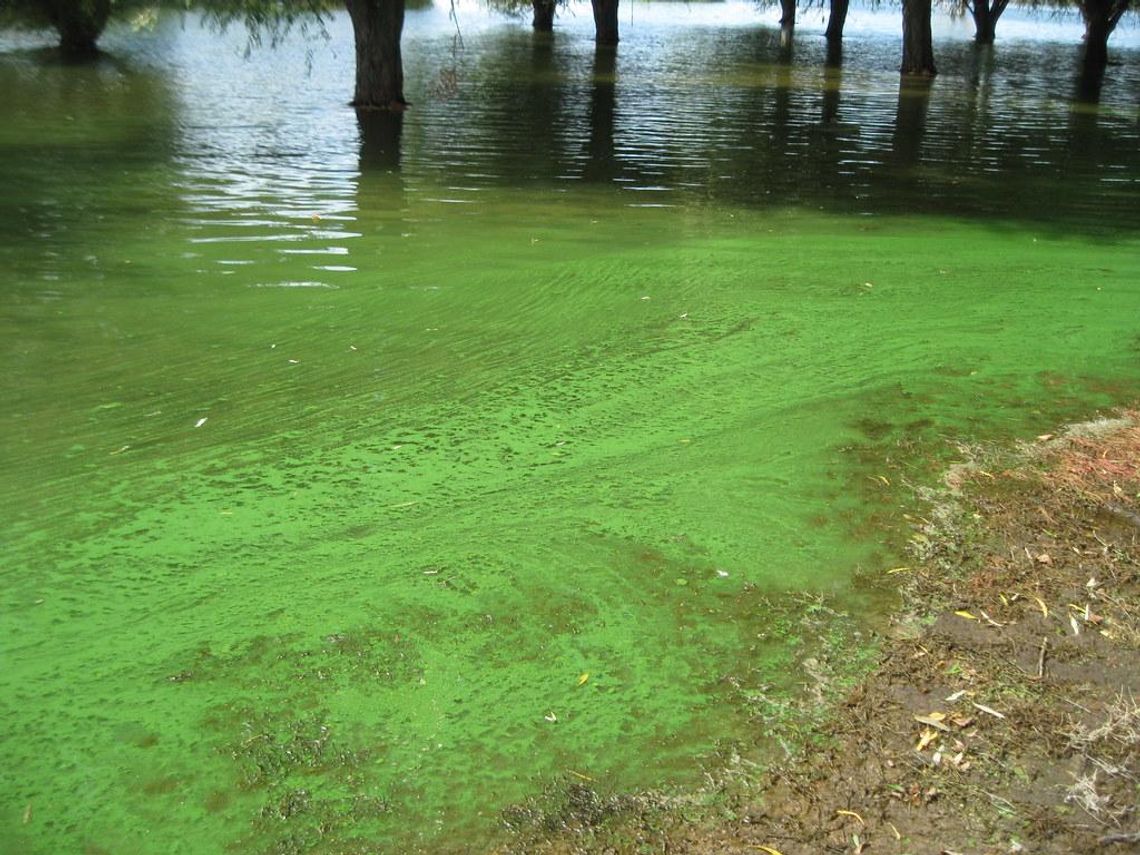As reports of blue-green algae blooms have been confirmed in Austin and the Guadalupe River, pet owners must display increased caution where they allow their dogs to swim while traveling.
In Austin, at least five dogs have died in connection to the harmful toxin, according to the Austin-American Statesman. Another dog passed away, after swimming in a backyard section of the Guadalupe River, which was tested positive for blue-green algae, according to reports from Fox 7 Austin.
PLEASE LOG IN FOR PREMIUM CONTENT. Our website requires visitors to log in to view the best local news.
Not yet a subscriber? Subscribe today!








